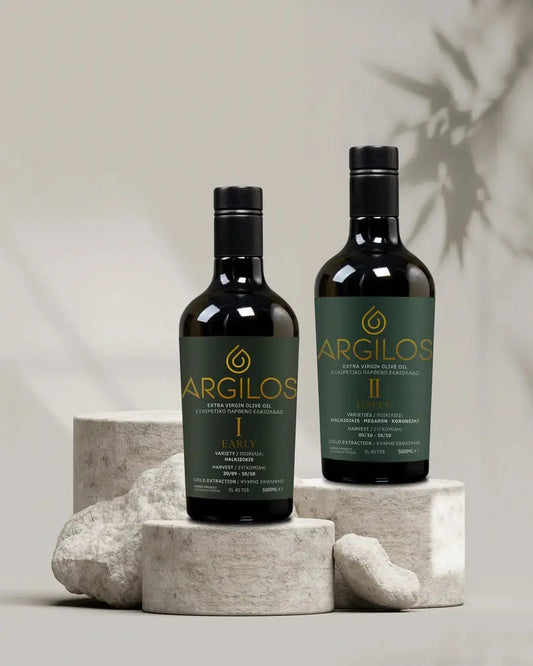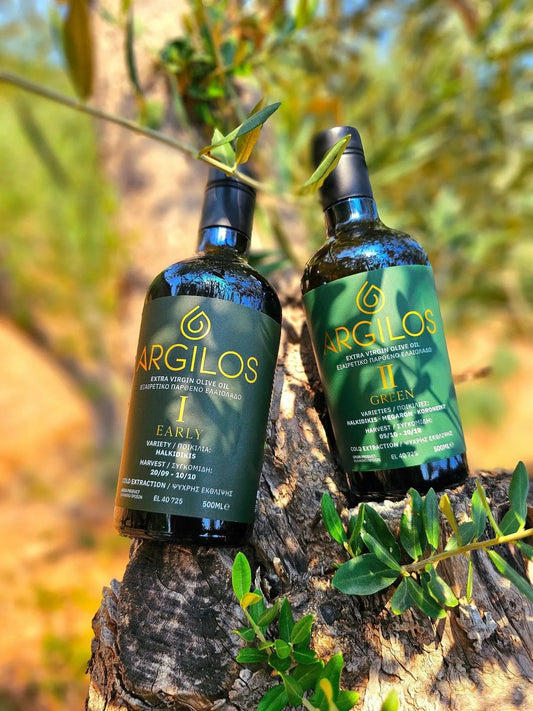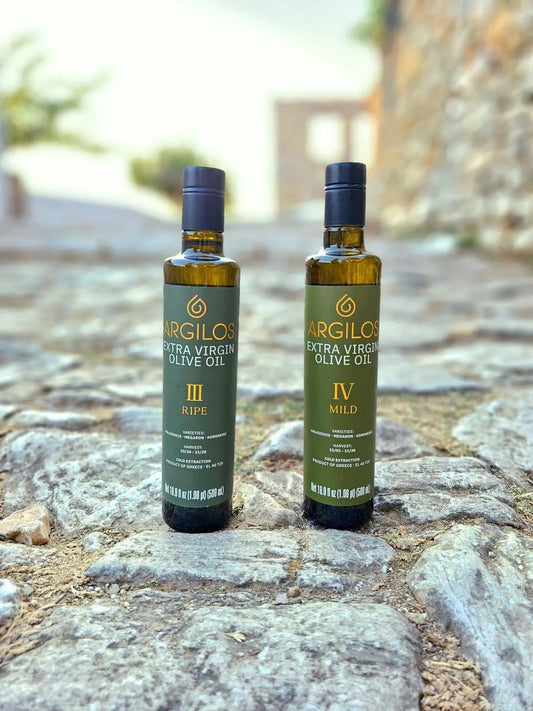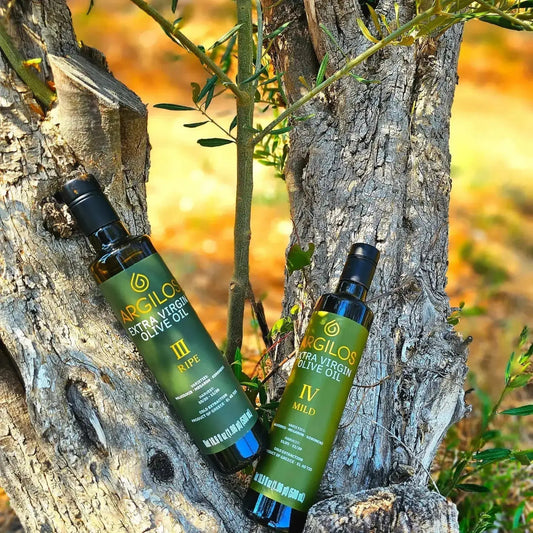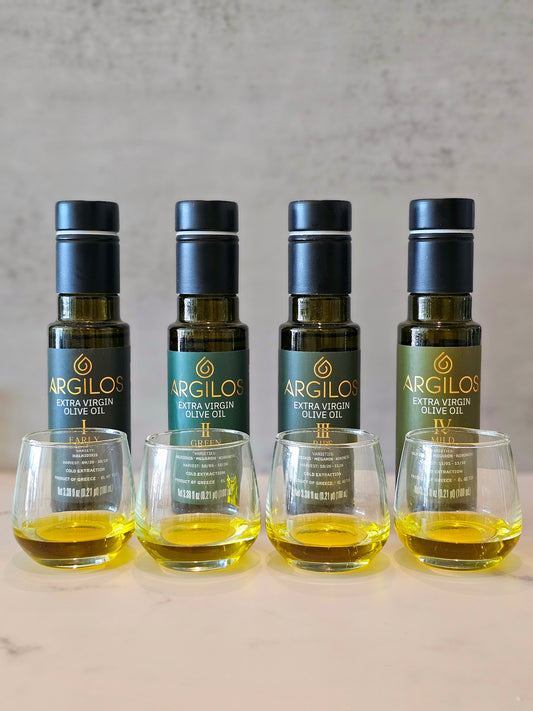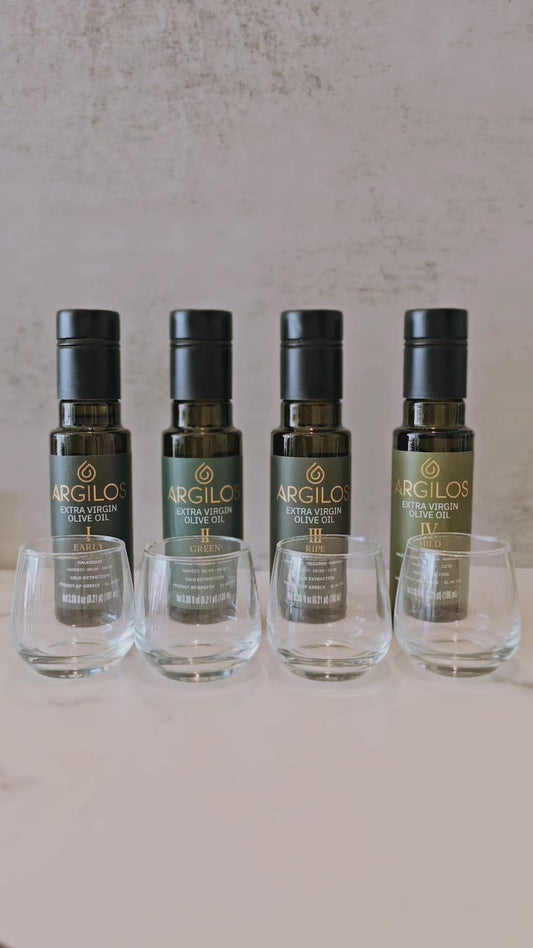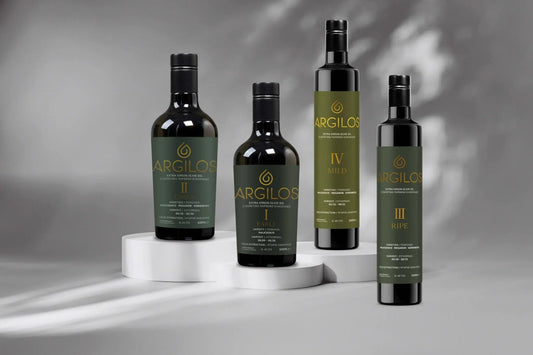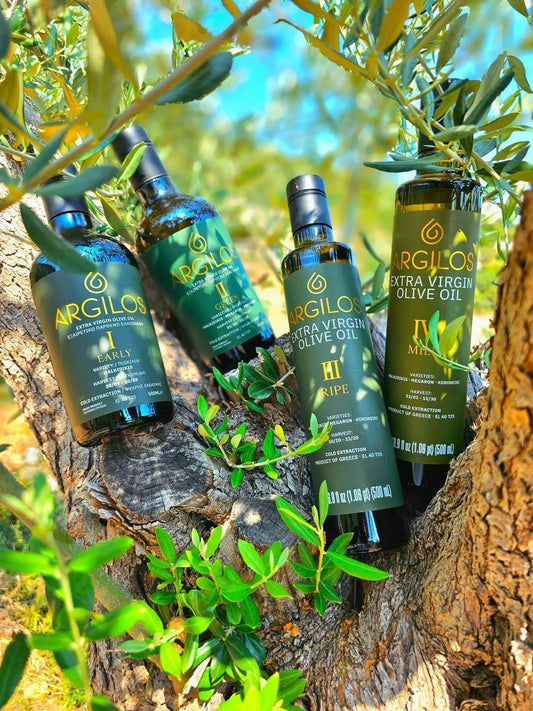🐾 Can I Feed My Dog Olive Oil? A Guide to Healthy Drizzles for Your Pup
Share
Can Dogs Eat Olive Oil? Benefits, Risks, Dosage & Expert Guide

🫒 Wondering, "Can dogs eat olive oil?" The answer is yes—dogs can safely consume olive oil in moderation. Extra virgin olive oil (EVOO) stands out as one of the healthiest fats to incorporate into your dog's diet, offering a wealth of monounsaturated fats, antioxidants, and essential nutrients that promote overall wellness. According to veterinary experts and organizations like the American Kennel Club (AKC), small doses can enhance skin health, boost energy, and support vital bodily functions when used as a supplement.
In this ultimate guide, we'll dive deep into the benefits of olive oil for dogs, potential risks, precise dosage recommendations, best practices for administration, and when to consult your vet. Whether you're dealing with a pup's dry coat or looking for natural ways to improve digestion, olive oil could be a game-changer. Let's explore how this Mediterranean staple can benefit your furry friend.
💚 Top Health Benefits of Olive Oil for Dogs
Olive oil isn't just a human superfood—it's packed with compounds that can significantly improve your dog's quality of life. Derived from the Olea europaea tree, EVOO is rich in oleic acid (a monounsaturated fat), vitamin E, polyphenols, and other antioxidants. Here's a breakdown of the key benefits, backed by veterinary insights and scientific research:

1. Promotes a Shiny, Healthy Coat and Skin
One of the most noticeable perks is improved skin and coat condition. The omega-3 fatty acids and vitamin E in olive oil act as natural moisturizers, reducing dryness, dandruff, and itching. Pet owners often report a glossier coat within 2-4 weeks of regular use. Veterinary studies, including those on canine skin health, show that fatty acids like those in EVOO strengthen the skin barrier and alleviate allergic reactions.
2. Strengthens the Immune System
Loaded with polyphenols such as oleocanthal and oleuropein, olive oil fights oxidative stress and inflammation. These antioxidants neutralize free radicals, supporting immune function and potentially reducing the risk of chronic diseases. Research on antioxidants in canine diets highlights how compounds in EVOO enhance natural defenses, making it especially beneficial for active or senior dogs.
3. Improves Digestion and Relieves Constipation
Olive oil's mild laxative properties can help with gut motility, easing mild constipation and promoting regular bowel movements. A study published in veterinary journals found that dogs fed olive oil experienced better protein digestibility and slower stomach emptying, leading to improved nutrient absorption and reduced bloating.
4. Supports Joint and Brain Health
The anti-inflammatory effects of oleic acid can ease joint stiffness, particularly in older dogs or those with arthritis. Additionally, polyphenols may protect brain cells from damage, supporting cognitive function as dogs age. This is crucial for breeds prone to hip dysplasia or neurological issues, with some studies linking similar antioxidants to better mental sharpness in seniors.
5. Aids in Weight Management and Heart Health
While high in calories, the healthy fats in olive oil provide sustained energy without spiking blood sugar. When used sparingly, it can help absorb fat-soluble vitamins (A, D, E, K) and support cardiovascular health by maintaining healthy cholesterol levels.
These benefits are most pronounced with high-quality EVOO, as processing in lower-grade oils diminishes nutrient content.
⚠️ Potential Risks and Side Effects of Olive Oil for Dogs
While olive oil is generally safe, it's not without caveats. Its high fat content (14 grams and 120 calories per tablespoon) demands caution to avoid complications. Here's what to watch for:
- Weight Gain and Obesity: Excess calories can lead to obesity, increasing risks for diabetes, joint problems, and heart disease. Stick to the 10% rule—treats and supplements like olive oil shouldn't exceed 10% of your dog's daily calories.
- Pancreatitis Risk: High-fat foods can trigger pancreatitis, a painful inflammation of the pancreas, especially in dogs with sensitive stomachs or a history of the condition. Symptoms include vomiting, diarrhea, lethargy, and abdominal pain—seek vet care immediately if noticed.
- Digestive Upset: Overdosing may cause loose stools, nausea, or vomiting. Always introduce gradually to allow your dog's system to adjust.
- Not Ideal for All Diets: Avoid if your dog is on a low-fat prescription diet, has gallbladder issues, or is prone to GI disorders. Puppies, pregnant dogs, and seniors may need adjusted amounts.
Veterinarians stress consulting them first, as individual health factors vary. For omega-3 needs (e.g., for kidney or skin issues), fish oil might be a better alternative since dogs can't produce essential fatty acids like DHA and EPA on their own.
⚖️ Olive Oil Dosage for Dogs: How Much Is Safe?
Dosage depends on your dog's size, weight, and health. The standard guideline from vets is 1 teaspoon per 20 pounds (9 kg) of body weight per day, but start with half that amount and monitor for reactions. According to AAFCO guidelines, adult dogs need at least 5.5% of calories from fat, while puppies require 8.5%—olive oil can help meet this without overdoing it.
Here's a handy dosage chart:
| Dog Size | Weight Range | Recommended Daily Amount | Frequency |
|---|---|---|---|
| Extra Small | Under 10 lbs | ¼–½ teaspoon | Every other day |
| Small | 10–20 lbs | ½–1 teaspoon | Daily or every other day |
| Medium | 20–50 lbs | 1–2 teaspoons | Daily |
| Large | 50–80 lbs | 1 tablespoon | Daily |
| Giant | Over 80 lbs | 1–2 tablespoons | Daily, split doses |
💡 Pro Tip: Calculate your dog's daily calories (e.g., 300–400 for a 20-lb dog) and ensure olive oil fits within 10%. Use a measuring spoon for accuracy, and reduce if loose stools occur.
🥗 How to Give Olive Oil to Your Dog Safely
Incorporating olive oil is straightforward—mix it into meals for easy absorption. Here are vet-approved methods:
- Drizzle Over Kibble or Wet Food: Add to dry or canned food just before serving for flavor and nutrition.
- Mix with Veggies or Grains: Blend with steamed carrots, sweet potatoes, or brown rice for a homemade topper.
- Incorporate into Treats: Substitute for butter in dog-safe recipes like peanut butter biscuits.
- As a Supplement: For picky eaters, combine with plain yogurt or bone broth.
Avoid giving it straight (risk of aspiration) or topically (dogs lick it off, leading to overconsumption and messy coats). For external use on dry patches, rub sparingly but prioritize internal benefits.
Choose cold-pressed extra virgin olive oil (EVOO) for maximum polyphenols—avoid "light," "pure," or flavored varieties, as they lack nutrients or contain toxins like garlic. Store in dark glass bottles to prevent oxidation. For premium quality, try Nostos Organic Greek Extra Virgin Olive Oil, sourced from ancient groves for superior antioxidant levels.
🚫 When to Avoid Olive Oil for Dogs
Skip olive oil if your dog:
- Has pancreatitis, obesity, or liver/gallbladder issues.
- Is on medications that interact with fats.
- Experiences vomiting, diarrhea, or allergies after trying it.
- Is a puppy under 6 months without vet approval.
Always prioritize a balanced commercial diet meeting AAFCO standards. If symptoms like yellow gums, hunched posture, or persistent GI issues arise, contact your vet ASAP—pancreatitis is an emergency.
🧠 FAQs: Common Questions About Olive Oil for Dogs
Can olive oil help with my dog's dry skin?
Yes, its vitamin E and fats repair the skin barrier, reducing flakiness and itchiness. Internal use is more effective than topical.
Is olive oil good for dog constipation?
In small amounts, yes—it acts as a gentle laxative. But consult a vet for chronic issues.
What if my dog eats too much olive oil?
Monitor for diarrhea or vomiting. Withhold food for 12–24 hours (with water) and call your vet if symptoms persist.
Can puppies have olive oil?
In tiny doses after weaning, but vet consultation is essential for growing pups.
Is olive oil better than coconut oil for dogs?
Both have benefits, but EVOO's antioxidants make it superior for inflammation and immunity. Coconut oil suits anti-bacterial needs.
How long until I see benefits?
Typically 2–4 weeks for coat shine; longer for joint or immune support.
💬 Final Thoughts: Make Olive Oil a Smart Addition to Your Dog's Diet
Olive oil for dogs is a versatile, natural boost to health when used wisely—enhancing everything from coat luster to cognitive sharpness. With its proven antioxidants and fats, a daily drizzle of high-quality EVOO like Nostos Organic Greek Extra Virgin Olive Oil can transform your pup's vitality. Remember, moderation, quality, and vet approval are key to avoiding risks.
Start small, observe, and enjoy the perks. Your dog deserves the best—why not let this ancient elixir work its magic?
References
- American Kennel Club (AKC) on canine nutrition and supplements.
- AAFCO Dog Food Nutrient Profiles: Official Publication.
- Scientific studies on antioxidants and fatty acids in dogs (e.g., NCBI on oleocanthal's effects).
- Veterinary resources from sites like Chewy and Dogster for dosage and benefits.

